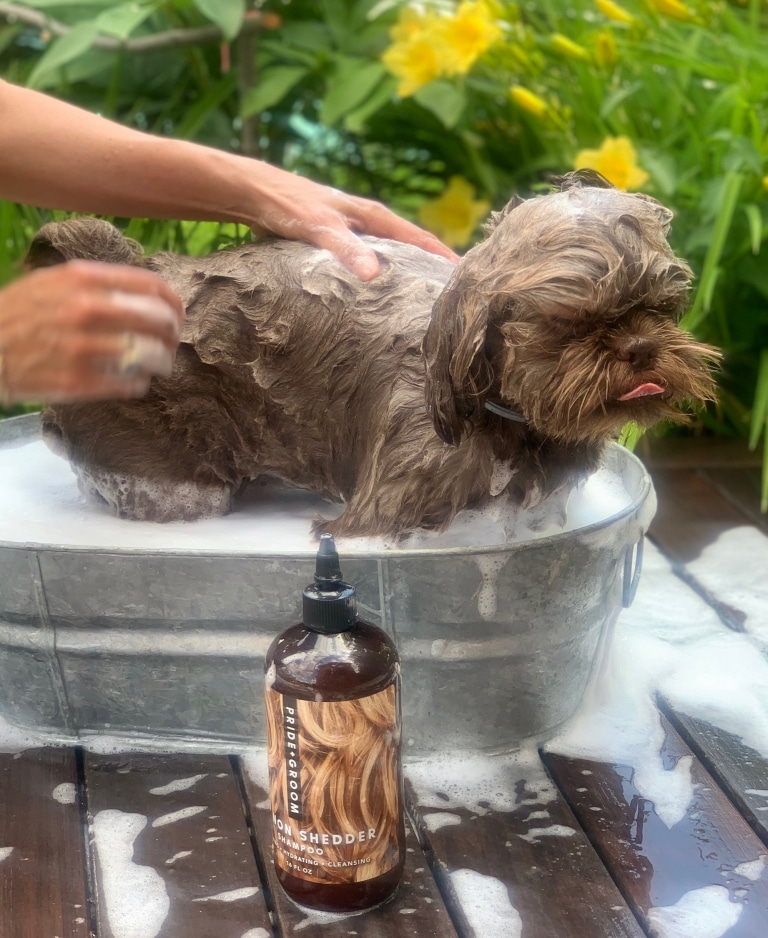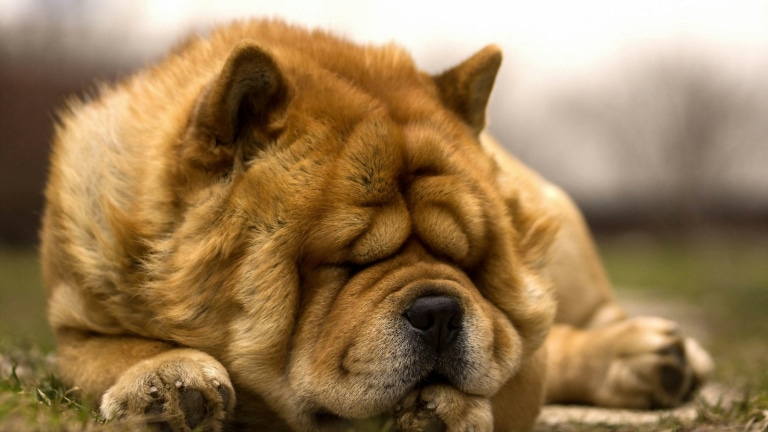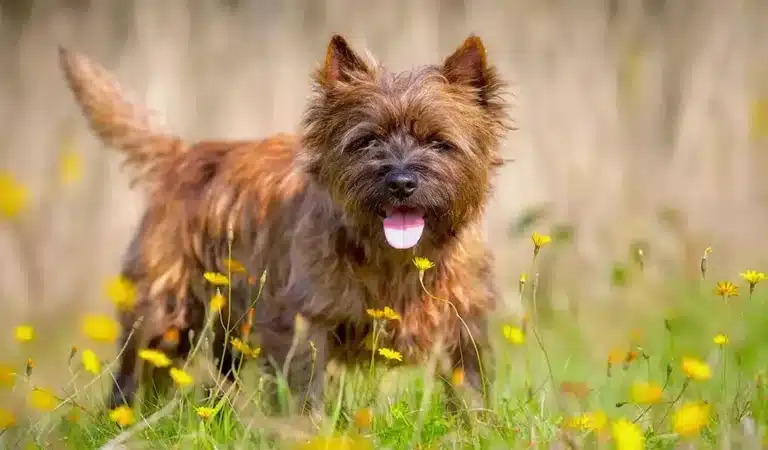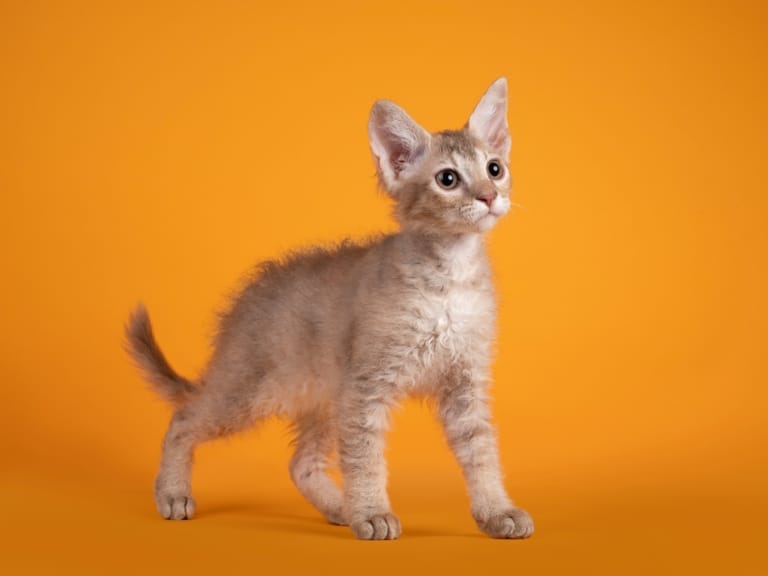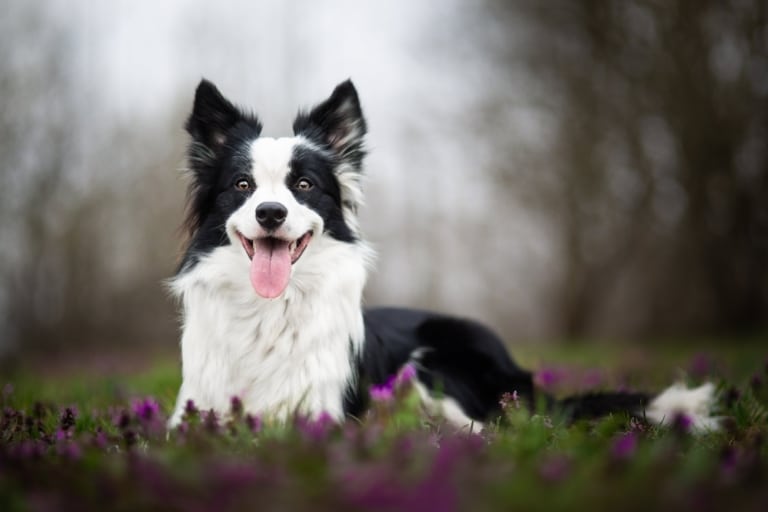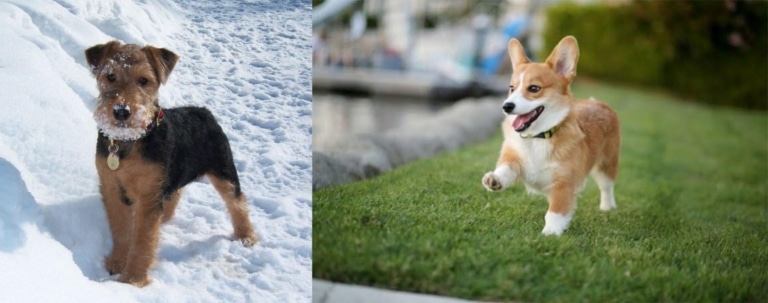Many people believe that if a dog or cat eats dry food, their teeth get “automatically cleaned” while crunching the kibble. Convenient, right? But there’s one catch: it’s a myth. And here’s why.
Where did this myth come from?
The idea that food cleans teeth didn’t appear out of nowhere — it was actively promoted by pet food brands, and some still write it on their packaging. Yes, dry food may slightly reduce plaque thanks to mechanical friction, especially when the kibble is large and hard. But that’s where its “cleaning” function ends.
Why doesn’t kibble replace a toothbrush?
The contact is too brief
Pets crush kibble in a split second. That’s nothing like thorough brushing, where you go over each tooth for several minutes.
Food doesn’t reach all areas
Plaque and tartar often build up along the gum line and in hard-to-reach areas — spots that chewing doesn’t clean at all.
Dry food can even contribute to plaque
Especially in small breeds — the kibble is often too small and crumbles easily. Bits get stuck between teeth or stick to them, creating a perfect environment for bacteria.
You can’t cure periodontitis with dry food
Inflamed gums, tartar, rotting roots — these are serious issues that require mechanical cleaning, sometimes under anesthesia.
So what actually works?
– Toothbrush or finger brush — yes, it really works
– Special veterinary toothpaste without fluoride — safe to swallow
– Sprays, gels, water additives — helpful, but not replacements
– Chew treats with special texture — assist, but don’t solve the problem alone
– Professional cleaning by a groomer — the ideal option
How often should you brush your pet’s teeth?
Ideally — 2–3 times a week.
Minimum — once a week.
Never brush them? Then at least check gum health and mouth odor once a month — and visit a specialist at the first sign of trouble.
And what if your pet absolutely refuses?
That’s totally normal! Many dogs and nearly all cats dislike anyone touching their mouth. But with the right approach and patience, you can:
– train them gradually (start by touching the snout, then teeth, then introduce the brush)
– use flavored toothpastes (chicken, salmon, liver — dental care can be tasty!)
– visit a groomer who can do it calmly, quickly, and stress-free for both of you
Conclusion
Crunch doesn’t mean clean.
Dry food is great nutrition, but it’s no substitute for a toothbrush. It might help a bit, but it won’t prevent plaque, bad breath, or gum disease.
Your pet’s teeth need the same care as yours — and if they can’t hold the brush, we do it for them. With love, experience, and care.
And if you can’t or don’t want to do it yourself — bring them to us.
At V.O.G DOG SALON, we don’t just bathe and groom — we also provide professional dental cleaning for pets. Fluoride-free, stress-free, doubt-free.
Dry food doesn’t clean teeth! Why that’s a myth and how to truly care for your pet’s mouth — in our article from V.O.G DOG SALON.



